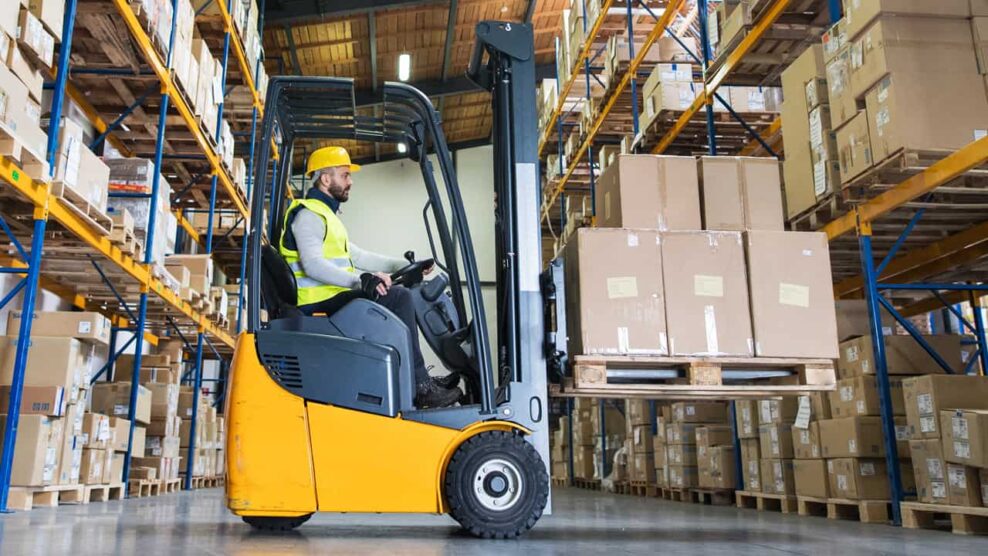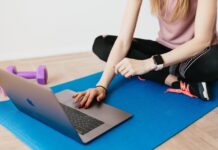Safety and comfort – that’s what every company cares about. Particularly in large industrial, warehouse and retail facilities, this is of great importance. Because where large machines and heavy materials, and with dozens of people heading in different directions, the risk of accidents and losses increases. The role of industrial bumpers is to prevent them.
Table of contents:
- Industrial bumpers – what are they?
- Industrial bump rails – The most common types
- Characteristics of good bumpers – warehouse and industrial ones
Industrial bumpers- definition

When we think of warehouse or industrial halls, we mainly imagine forklift trucks moving around and workers wearing reflective helmets and waistcoats. While industrial bumpers are an indispensable part of such places.
They coalesce into more or less elaborate safety barrier systems, protecting walls, doors, work equipment, vehicles and stored products, among other things.
They also lay out circulation paths that make the facility easier and safer to navigate. This indirectly translates into increased efficiency for the entire team and – ultimately – higher profits for the company.
What types of industrial bumpers are there?

Steel bumpers are mainly divided according to their shape and the subsequent application. A distinction is made between corner bumpers , also known as wall bumpers . These sometimes take the form of skirting boards.
Their purpose is to protect corners, the underside of walls and columns from damage caused by heavy vehicles. Safety barriers designed typically for the creation of safe traffic routes, e.g. in areas with intensive forklift traffic, are very popular.
Manufacturers of industrial bumpers also offer post bumpers, which are deceptively similar to road bumpers. It is a versatile protective element which, in buildings with a small footprint, can even effectively protect a wall and which, in large buildings, has an additional function – for example in preventing damage to corners or doors.
A separate category is often formed by shelving bumpers – dedicated to those parts of the warehouse where valuable products are stored. Large, complex steel bumpers running around the entire doorway are dedicated to protecting the aforementioned doors.
It is worth remembering that some types of protective systems are referred to as both warehouse and industrial bumpers. It is also not uncommon for them to have more than one function, such as guiding and protecting bumpers against walls.
Good industrial bumpers – what are their characteristics?

A good guardrail system is robust yet flexible – so that it absorbs the energy of an impact but does not damage the machine it comes into contact with. For this purpose, it must be made of a suitable material, such as polyethylene.
There must be no spontaneous movement of the individual components, so the rebound must have a strong anchorage. At the same time, it should be easy to install and replace if necessary. Vibrant , striking and long-lasting color is at a premium.
This is why internally colored bumpers, rather than just painted on their exterior, are among the popular choices. As a rule, yellow and black are used. In addition, protective elements for use in food production or storage facilities must be certified to prove their neutrality to food products.


















